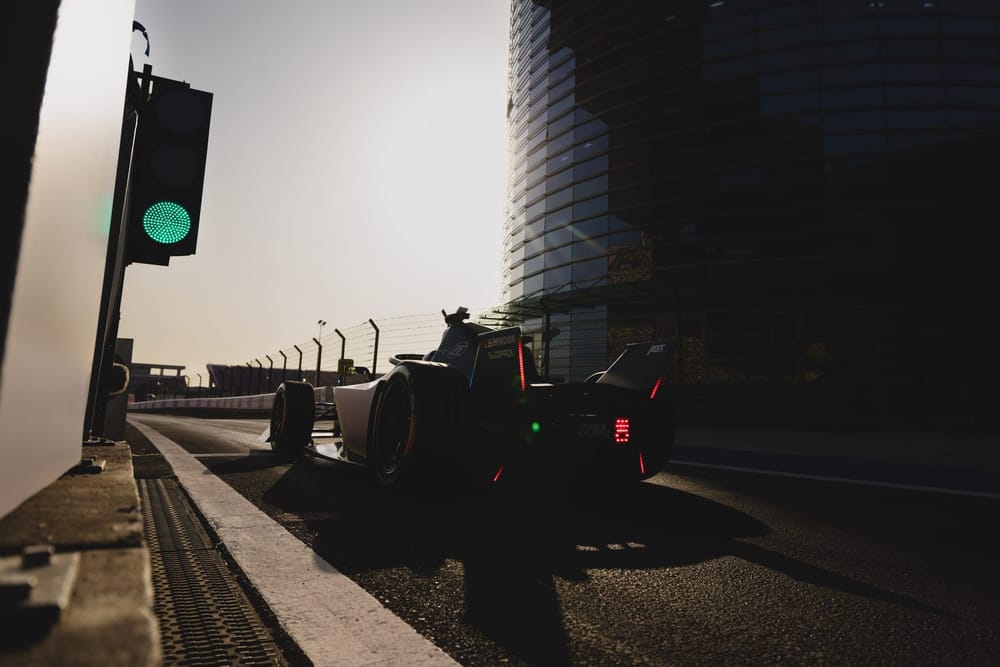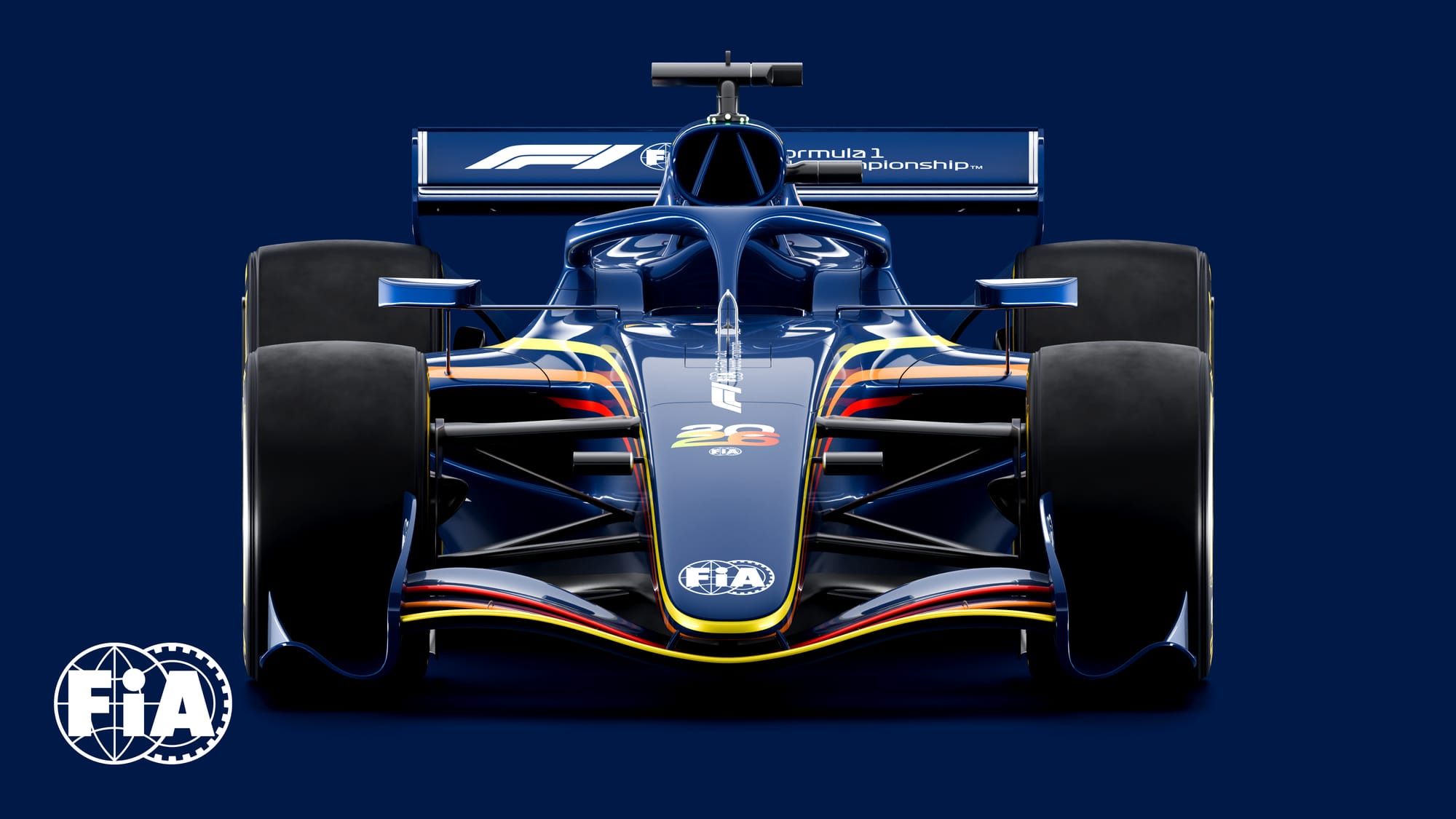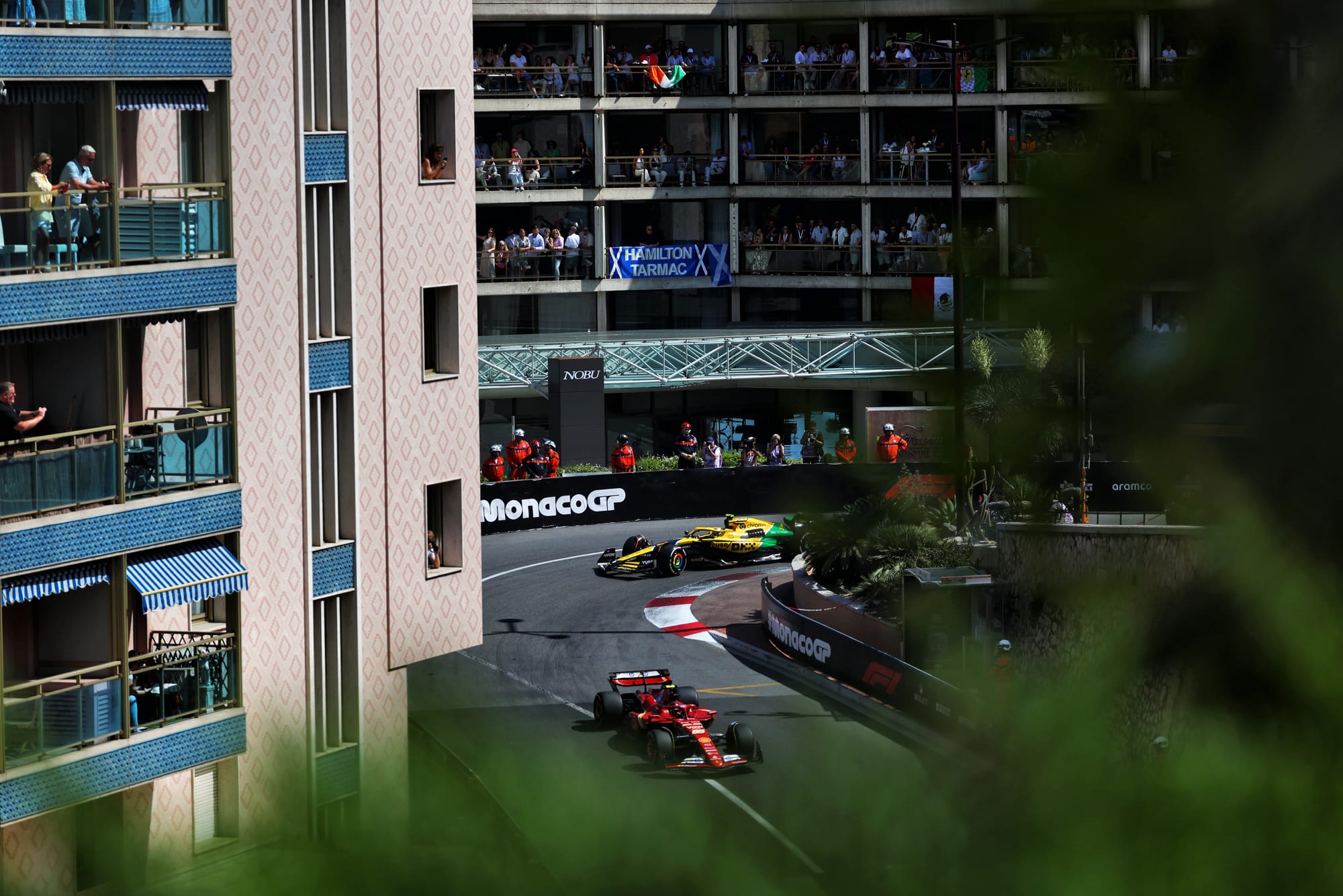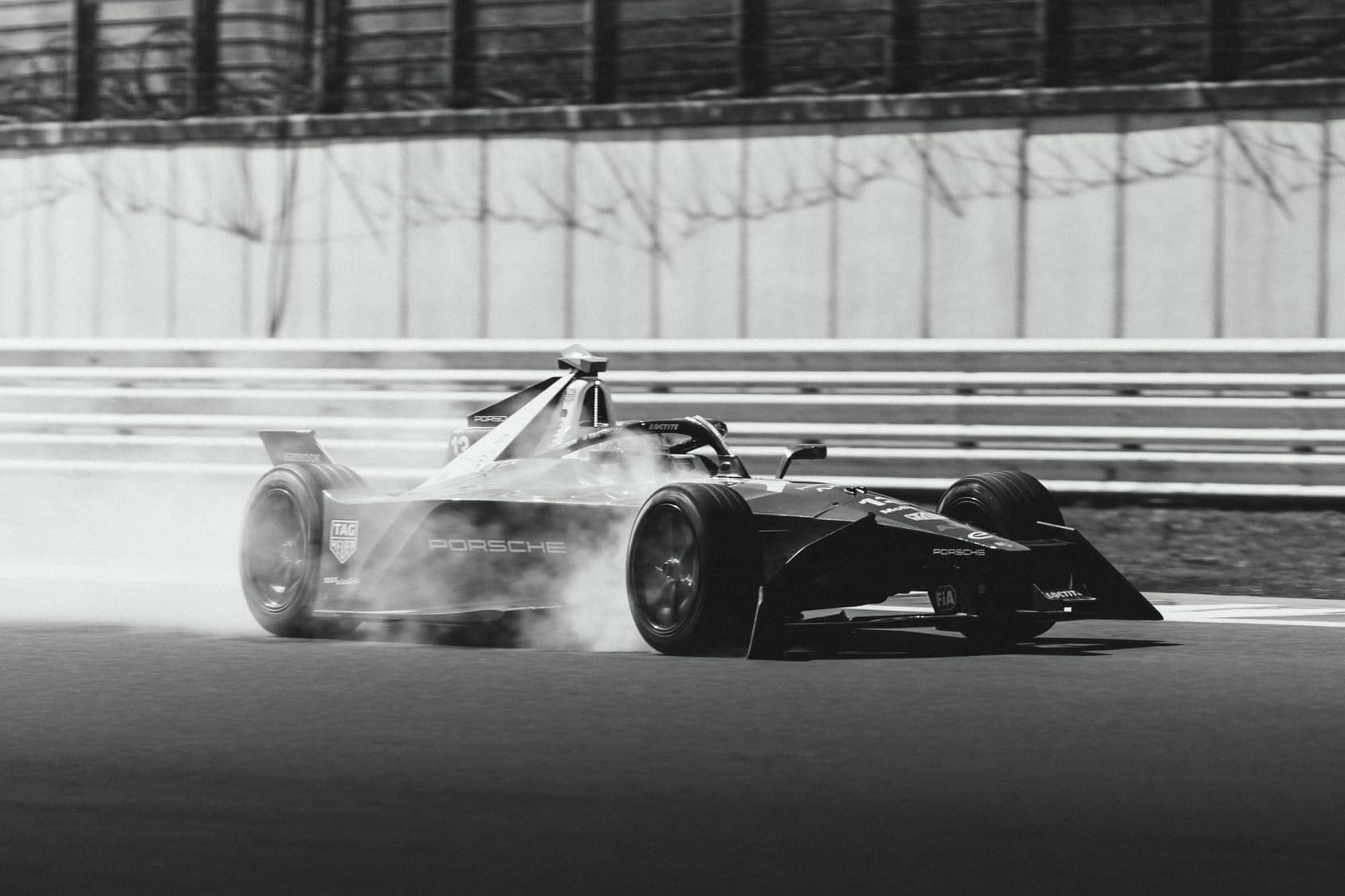Up Next

Formula 1’s much more overtly electrical outlook in its 2026 technical framework may pose questions about the ultimate long-term viability of Formula E. The probable side effects for the electric championship are yet to be truly comprehended.
The 2026 F1 engines will be close to a 50/50 split in power output from the internal combustion engine and the MGU-K. The V6 output is being decreased slightly from 540kW to 400kW, while the MGU-K is almost tripling in output from 120kW to 300kW. To accommodate this, a much larger battery will be used.
That increased electrical contribution will be marketed heavily by F1 as part of its sustainability agenda. This will mean that Formula E will be forced to fight even harder for its USP to be recognised on the global sporting stage.
F1’s following obviously dwarfs that of Formula E, which will celebrate a decade as the world’s only all-electrical global motorsport championship this autumn. But F1’s messaging in the electrical vehicle stakes could be a fresh headache for FE.
Though Formula E has come far, no doubt about that, its messaging needs a major acceleration boost for sake of both the championship and the manufacturers it represents.
Some feel that Formula E is a bit porous right now. Despite the confirmation of four manufacturers for its next rules era Gen4, there is a sense that outside of that, the desire from a new generation of drivers or engineers to come from F1 and its environs to Formula E - as they did in Gen1 and Gen2 - just isn’t where it needs to be for FE.
The dismal reception the Gen3 car got from manufacturers, teams and drivers makes management of the Gen4 project vital for Formula E if it is to really make strides.
Whether it likes it or not, Formula E will always be compared to F1 in some shape or form.
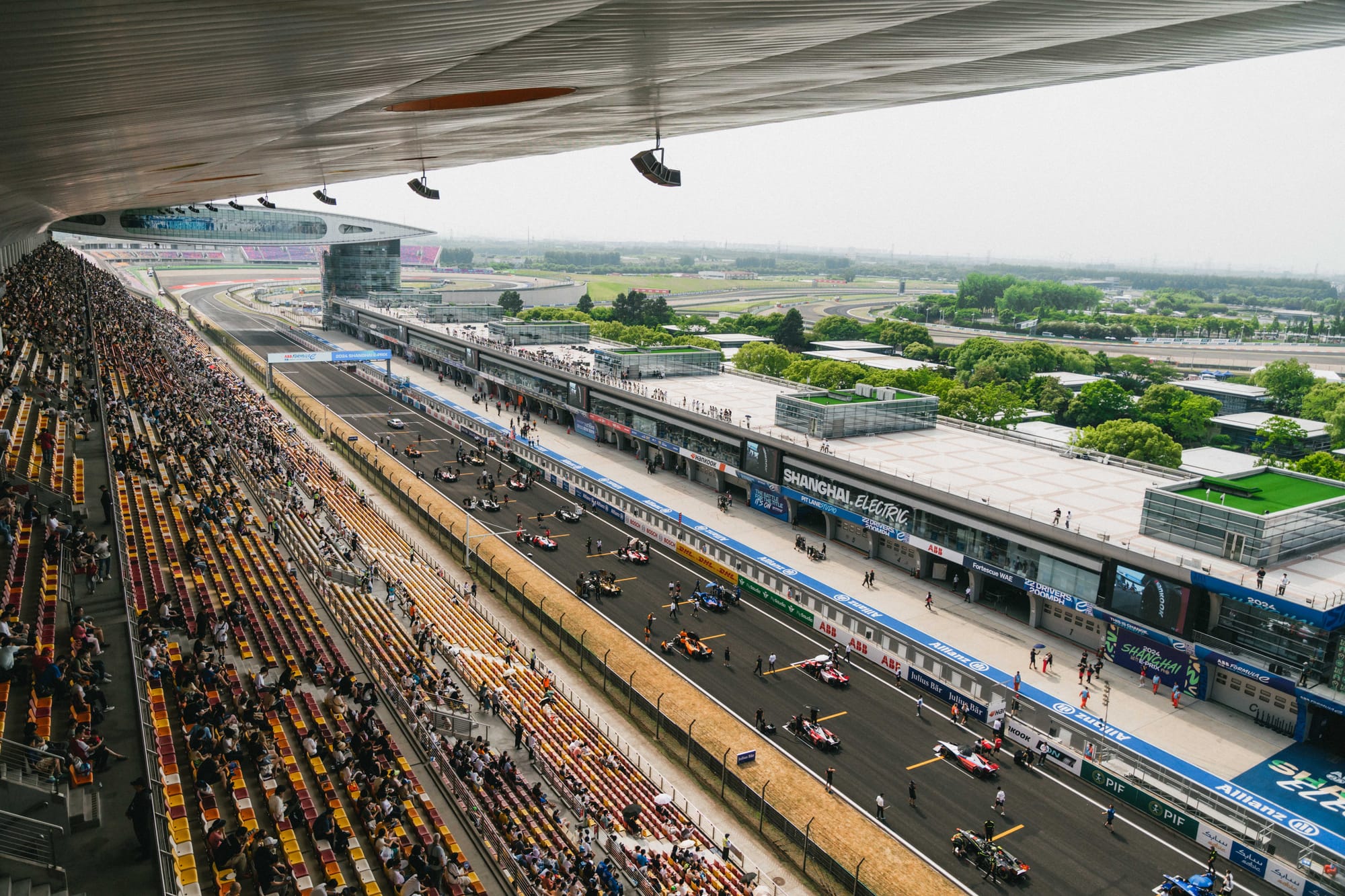
The irony is that most F1 and Formula E big hitters don’t really care about the perception of the two series being compared. But a lot of fans, viewers and general sports observers do seem to care.
Maybe they are pre-empting existential questions that are undoubtedly coming for top-line motorsport in the next two decades or so as the world transitions from internal combustion engines to alternative-fuelled vehicles.
When The Race recently asked Formula E CEO Jeff Dodds how F1’s greater electric push could alter the landscape for FE, he was thoughtful and quietly gutsy in response.
“First of all, the existential moment is always coming because Formula 1 is racing on internal combustion technology, whether it's 2035 or whether it moves out slightly depending on which government you're talking to and what their regulations are,” he said.
“There is a moment coming when it's going to be about alternative fuels because, in my opinion, continuing to race predominantly on internal combustion is no longer going to be relevant to anybody.
“Let's remind ourselves that we have the exclusive right under the FIA to race only electric, so that sits with us.”
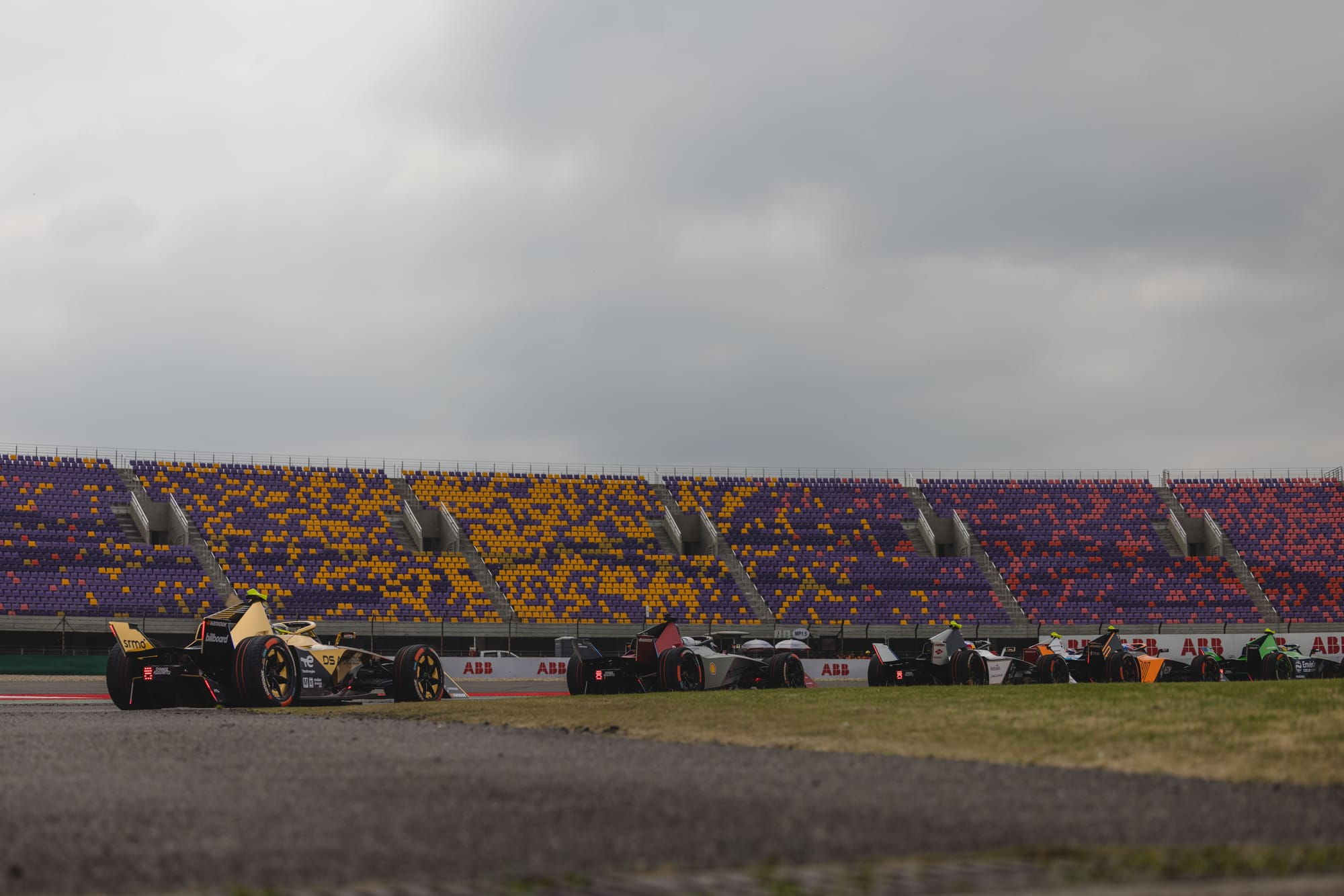
That exclusivity of the all-electric philosophy comes via a somewhat opaque edict that was agreed upon by then FIA president Jean Todt and Formula E founder and now chairman Alejandro Agag back in 2012 ahead of FE’s debut in 2014. It is believed to have been for a 25-year period, meaning that Formula E would be in its seventh ruleset by the time it elapses in 2039, well into a decade in which the global automotive make-up will be very different to today.
The FIA’s commitment to Formula E has never wavered and is deeply entrenched, meaning that it must see a relevance and attraction for the automotive market and consumers.
Three of FE’s seven current manufacturers - Jaguar, Nissan and Porsche - committing to Gen4 in good time has given both Formula E Holdings and the FIA renewed optimism.
Yet, outside of the racing bubble the way electric car sales are plateauing is rocking the once absolute confidence in an all-electrical mobility future.
Is all-electric still a relevant concept?
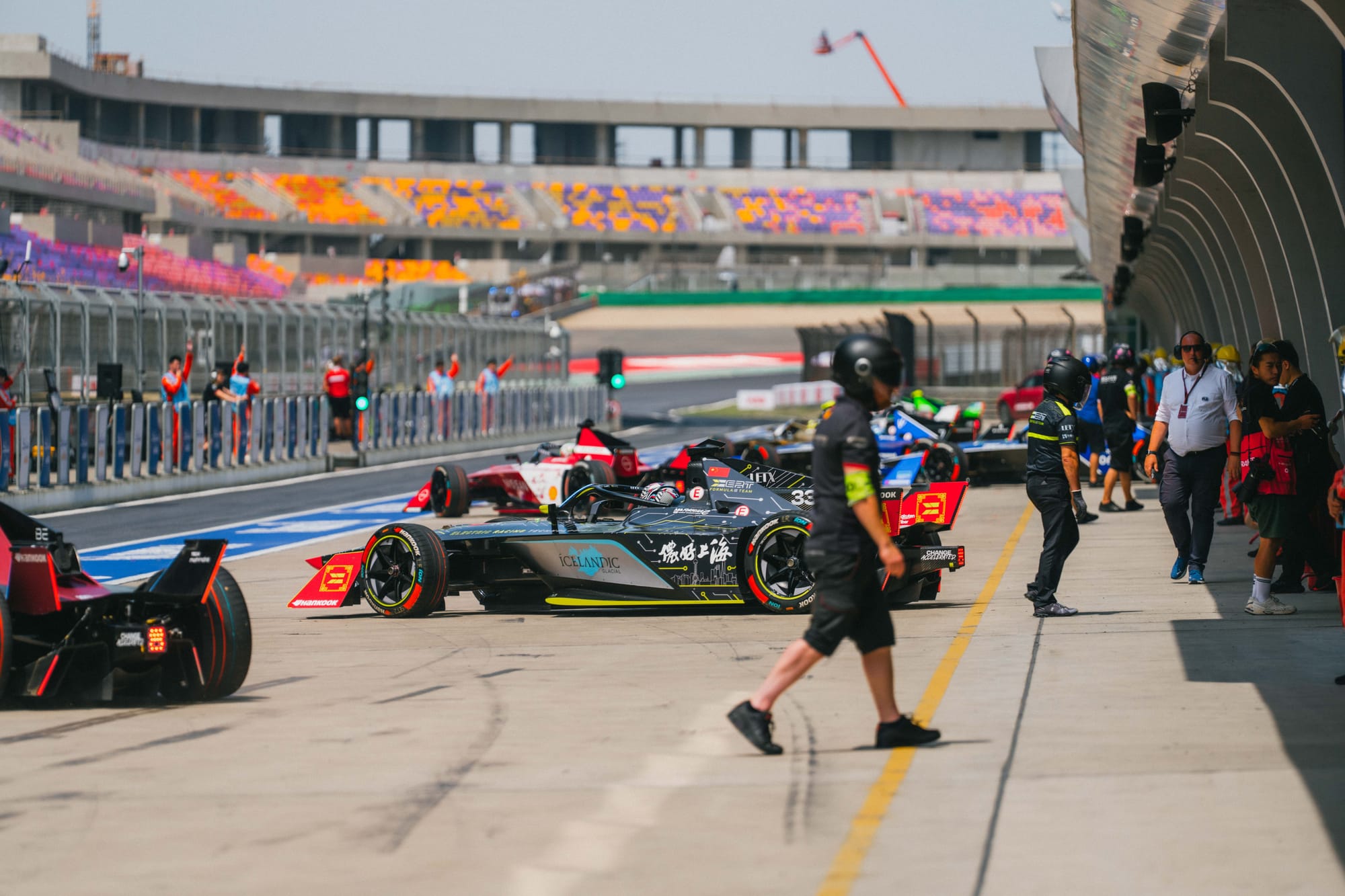
Earlier this year, the king of all EV carmakers - Tesla - laid off 10% of its staff as it missed market expectations by 13% and had its first descent in deliveries for four years.
Its founder and leader Elon Musk recognised the worries, telling his company's investors: “The EV adoption rate globally is under pressure, and a lot of other auto manufacturers are pulling back on EVs and pursuing plug-in hybrids instead.”
If Tesla is a litmus test for current and future confidence in EVs, the global picture just before the first quarter of 2024 was a little different. Indeed, electric car sales neared 14 million in 2023, 95% of which were in China, Europe and the United States according to official sales statistics from the International Energy Agency and its Global EV Outlook report.
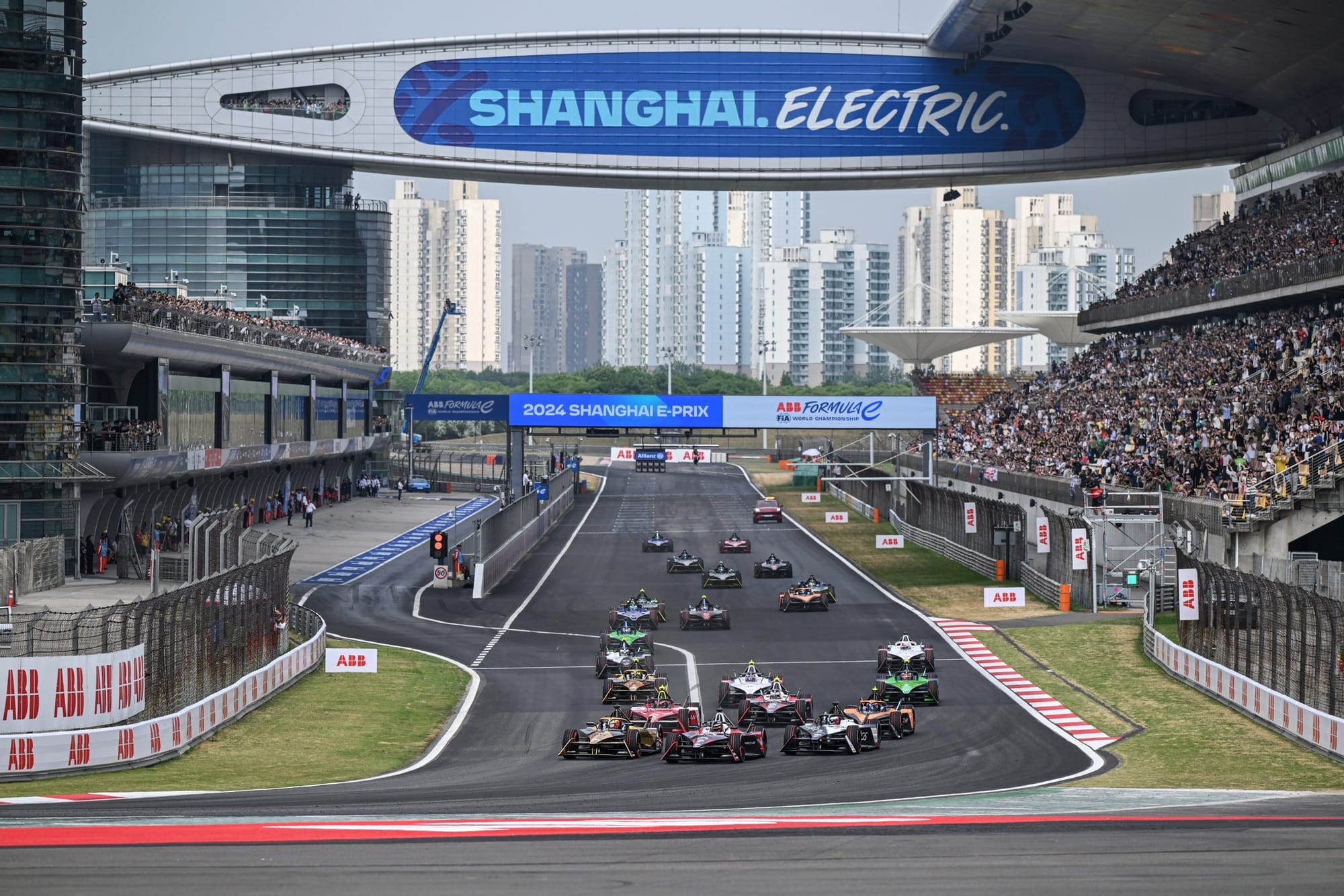
Electric car sales in 2023 were 3.5 million higher than in 2022, a 35% year-on-year increase. This is more than six times higher than in 2018, just five years earlier. In 2023, there were over 250,000 new registrations per week, which is more than the annual total in 2013, 10 years earlier.
That puts into perspective why Formula E has been so relevant in the last decade. Yet that is no guarantee of a comfortable future. Global socio-economic events can knock anything off its stride, adding more importance to the Gen4 ruleset and how Formula E can continue to carve its own niche, even if F1 gets much sparkier in the meantime.
“How far they [F1] can go on that journey of electrification I think remains to be seen,” mused Dodds.
“There's a lot of positives about them increasing the ratio of electrification because I think it adds weight to the importance and the relevance of EVs and electric engines, electric motors, which is effectively what we race and the story we tell.”
Of course, comparing one motorsport discipline where the entry outlay is in excess of $750million to one where the entry point is probably nearer €25m, and one with a cost cap of $140m (F1) and one where the cost cap is €13.5m (FE), just reinforces why comparing the two entities is fruitless.
“I don't think there are many people sitting there saying, ‘Should we do F1 or should we do Formula E?’” added Dodds.
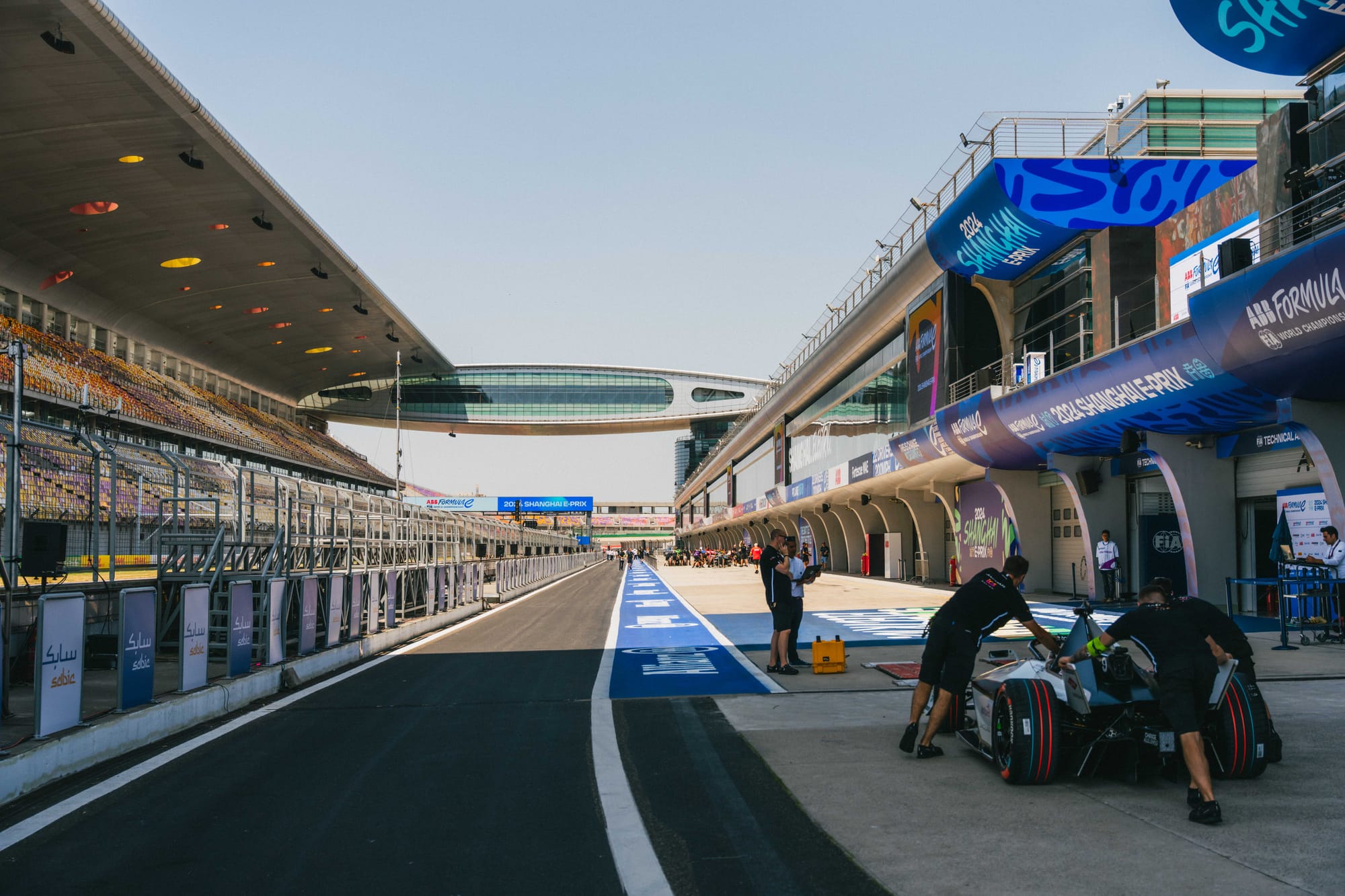
“I think we're talking to completely different customers with completely different ambitions.
“At some point in the future the question is going to be asked whether there's room for both of those championships or whether they're different enough.
“I think the fact that Formula 1 are slightly increasing the amount of electrification doesn't really bear any impact on us.”
Can F1 and FE learn from each other?
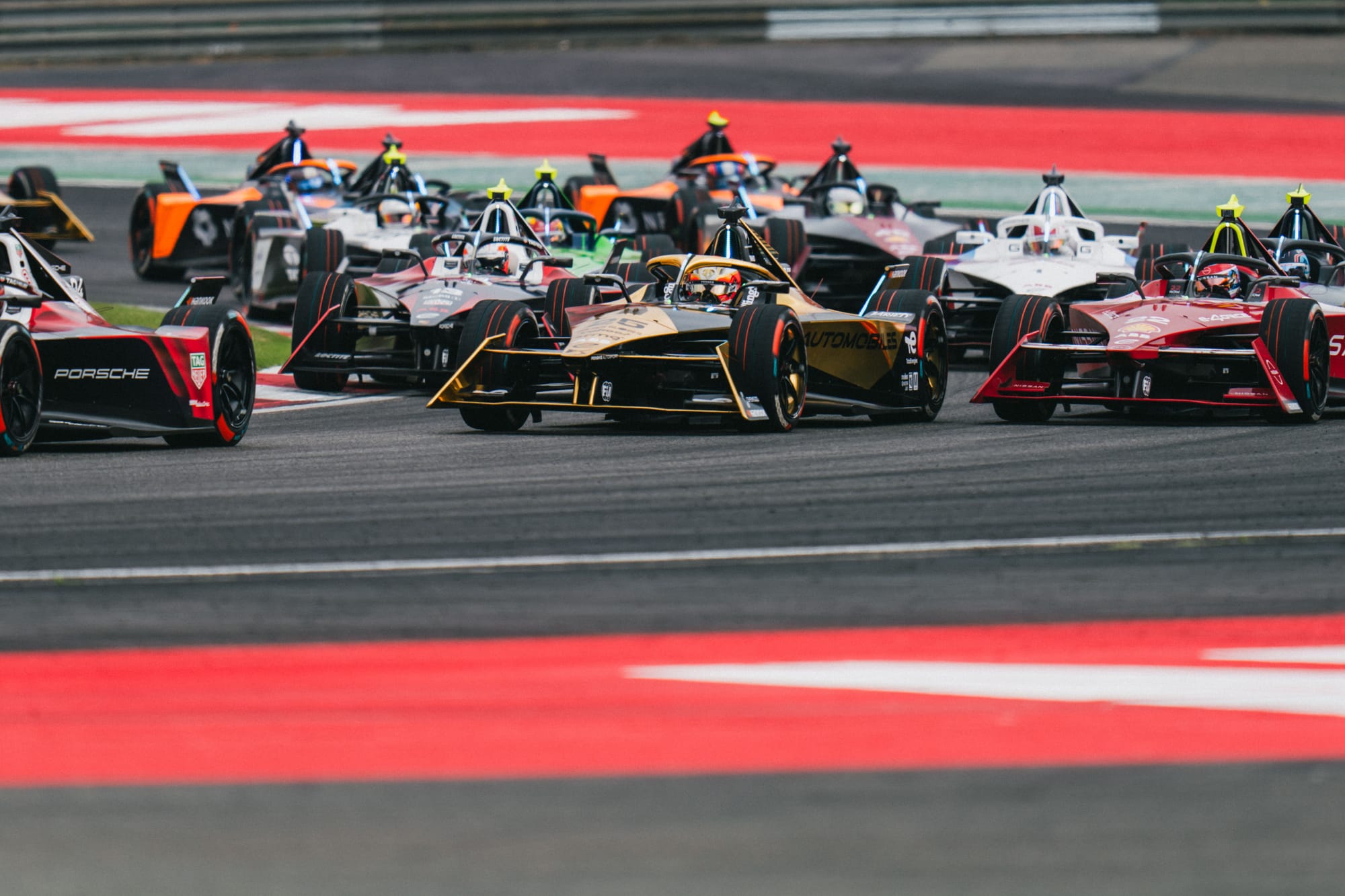
Formula E’s most recent addition to its future grid is Lola. It has big ambitions in Formula E, initially with Yamaha and Abt. But it also wants to use Formula E as a launchpad for additional projects in the EV sports space.
Its motorsport director Mark Preston told The Race he thinks a lot of learning will go across both from Formula E to Formula 1 and vice versa, “because Formula E benefitted from the KERS work [in F1] and I think there'll be knowledge that goes back into some of the F1 developments as well”.
“There will be a lot of learning from Formula E that goes back into Formula 1 powertrains, I believe, even if it's from the supply chain around us that supports both things,” added Preston.
“I think we've got enough differences in the way the cars work and the full drive nature of it, regen, huge amounts of regen, it's still way more of a technical difference [to F1]. But it will be interesting to see how their racing plays out as well in the future.”
If you stand still in racing, you go backwards. That’s the old adage. That probably feels a bit unfair to meld in with Formula E which, despite having struggled to capitalise on the peak viewing figures in important territories it earned in 2019/2020 times, is trying its best.
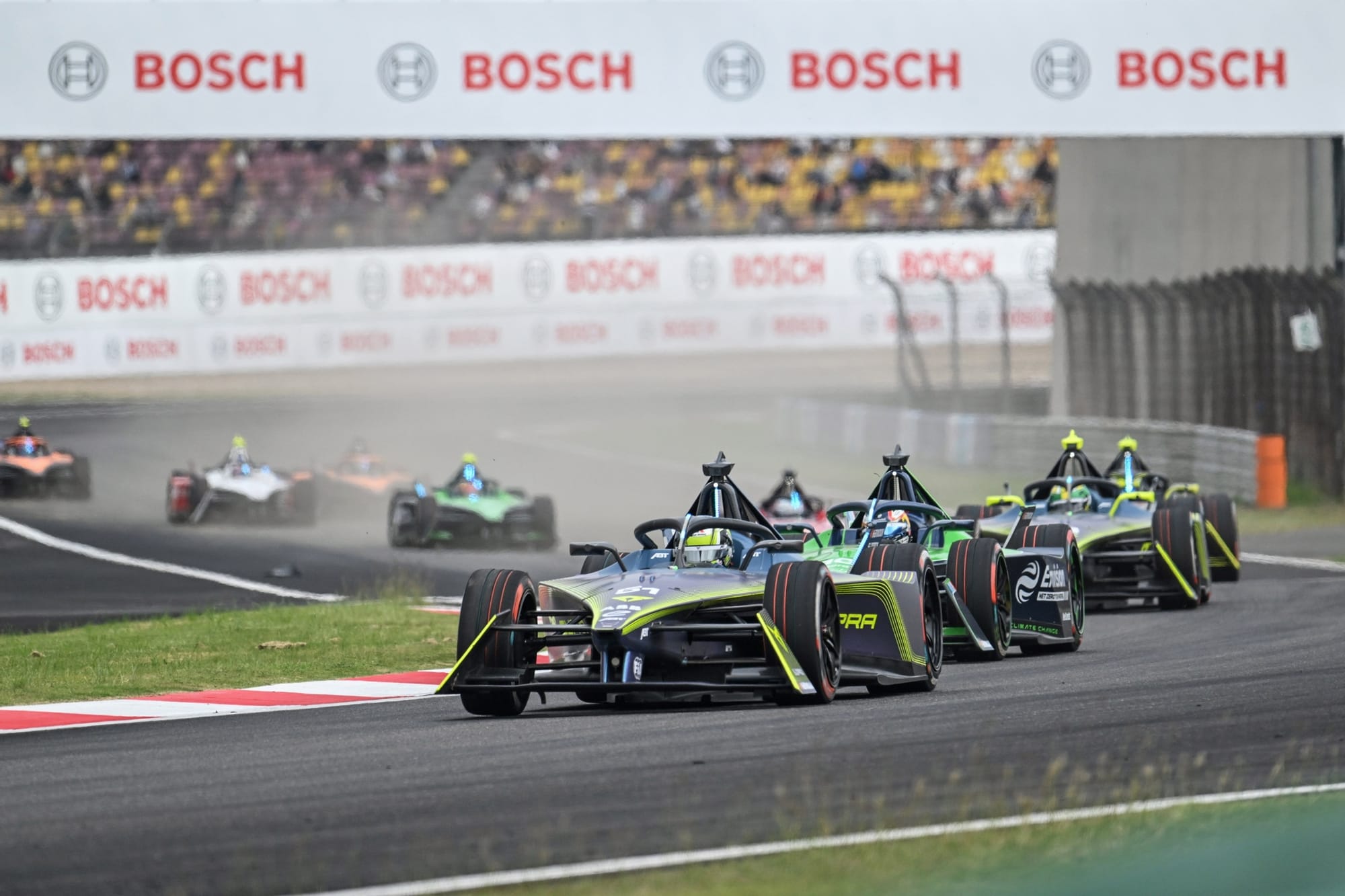
It had to fight back from the pandemic and the materials/component crisis of the years afterwards but so did most strands of racing. It was probably affected slightly more but now is the time for aggressive acceleration both on and off the track.
Whether F1 steals a march with its increased electrical future or not may not make a huge difference immediately. But Formula E knows that it has to make Gen4 count and also start to capitalise on technical aspects such as lighter cars and faster accelerating cars when that era kicks in.
Maximum energy recovery and sustainable fuels is a great place for F1 to be in the near future. Its sustainability credentials will soar.
At the same time, F1 designers and input from manufacturers will also be leading the development of battery technology more than Formula E does because of its spec nature.
That might be the bad news for Formula E, but the good news could be that it still leads the way in its racing and sporting structure. F1 will readjust its drag levels via active aerodynamics and will use battery deployment as a DRS-replacing overtaking aid that features a new ‘override’ facility. But what that will actually mean for the quality of racing in practice will only be seen when the rules hit the track.
Such complications might give Formula E a headstart as its own new regulations stack up against F1’s. Time will tell.
But for now, Formula E is still in charge of its own destiny, irrespective of its much more mature, wealthier and more popular sibling edging slightly closer to its turf.


